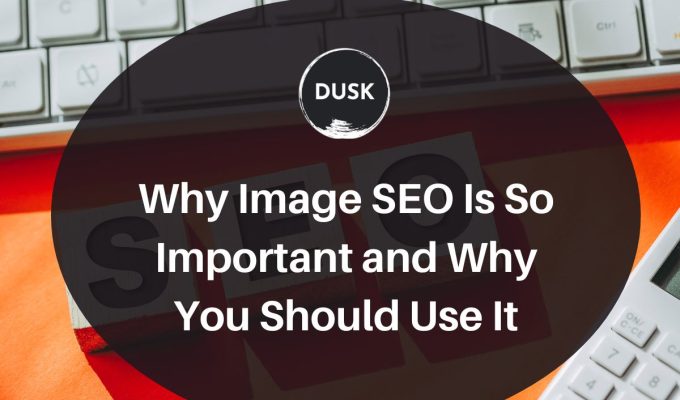Search engine optimization (SEO) has been a cornerstone of online marketing and website management for many years. Traditionally, SEO has focused primarily on text-based content, which remains crucial for optimizing search engine rankings.
However, as the digital landscape evolves, it is becoming increasingly clear that image SEO is also essential to a successful online presence. This article will delve into why image SEO is so important and discuss why it should be prioritized for your website.
Provide an overview of the entire content here. We’ll talk about the following topics:
Table of Contents
What is Image SEO

Image SEO, or image search engine optimization, refers to optimizing images on a website to improve its visibility in search engine results. The goal is to make the images more accessible and discoverable for search engines like Google, Bing, or Yahoo, which can, in turn, lead to higher rankings, increased organic traffic, and better overall user experience.
Why is Image SEO Important?
Image SEO is important for several reasons, as it plays a crucial role in enhancing a website’s overall online presence and performance. Some key reasons why image SEO is essential to include:
- Improved search engine rankings
- Enhanced user experience
- Rise of visual content
- Increased organic traffic
- Boost in local search rankings
- Competitive advantage
- Better social media performance
Overall, Image SEO plays a vital role in search queries that are geared toward translation, as the images are particularly noticeable and therefore represent a special feature. Since search engines are still largely text-based, images should always be provided with information in the text-based form.
Key Aspects of Image SEO

Image SEO involves several key aspects that, when implemented correctly, can improve your website’s search engine visibility, user experience, and overall online performance. Here are some of the most important aspects of image SEO:
File name
Choose descriptive, keyword-rich file names that accurately represent the image content. This helps search engines understand the context of the image and improves its chances of ranking in image search results.
Alt text
Provide a brief, accurate description of the image using alt text (alternative text). This description is displayed when the image cannot be loaded or for users with visual impairments using screen readers. Including relevant keywords in the alt text can improve the image’s search engine visibility and make your website more accessible.
File size and format
Optimize images by compressing them to reduce file size without sacrificing quality. Smaller file sizes lead to faster page load times, an essential factor in search engine rankings. Select the appropriate file format (JPEG, PNG, GIF, or WebP) for each image based on its content, quality requirements, and compatibility with different browsers.
Image dimensions
Use images with suitable dimensions (width and height) to ensure they display correctly on various devices and screen sizes. Properly sized images contribute to a better user experience and prevent layout issues.
Structured data
Incorporate structured data (such as schema.org markup) into your images to provide additional context and improve how search engines display your images in search results. This can lead to enhanced search result snippets and potentially higher click-through rates.
Captions and surrounding content
Include relevant captions for your images and ensure the surrounding text is contextually related to the image. This helps search engines better understand the image’s purpose and relevance, which can improve its search ranking potential.
Image sitemap
Create and submit an image sitemap to search engines like Google. This makes it easier for search engines to discover and index your website’s images, potentially leading to better visibility in image search results.
Responsive images
Implement responsive images using the “srcset” and “sizes” attributes to ensure that the appropriate image size is served to different devices based on screen resolution. This can improve the user experience and performance on mobile devices, which is increasingly important as mobile searches grow.
By focusing on these key aspects of image SEO, you can enhance your website’s search engine visibility, improve user experience, and increase the overall effectiveness of your online presence.
Conclusion
The significance of image SEO in today’s visually-driven digital landscape cannot be overstated. As online users increasingly gravitate towards visual content, optimizing images for search engines has become a vital component of a successful online presence. By prioritizing image SEO, website owners can enhance search engine rankings, improve user experience, drive organic traffic, and even gain a competitive advantage.
Focusing on key aspects of image SEO, such as file names, alt text, file size and format, image dimensions, structured data, captions, image sitemaps, and responsive images, can unlock the full potential of your website’s visual content. Furthermore, optimizing images can also enhance your content’s performance on social media platforms, leading to increased engagement and traffic.
In an ever-evolving digital world, adapting and embracing new strategies is crucial to stay ahead of the curve. Image SEO presents a valuable opportunity for website owners to capitalize on the power of visual content and secure their place in the competitive online landscape. By investing time and effort into image SEO, you can create a more engaging website and reap the rewards of increased visibility, conversions, and online success.






